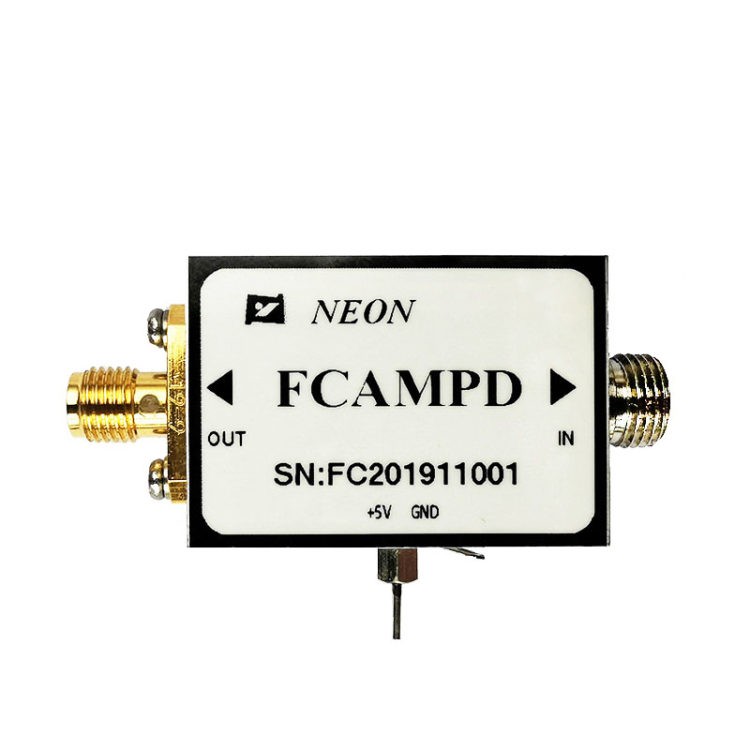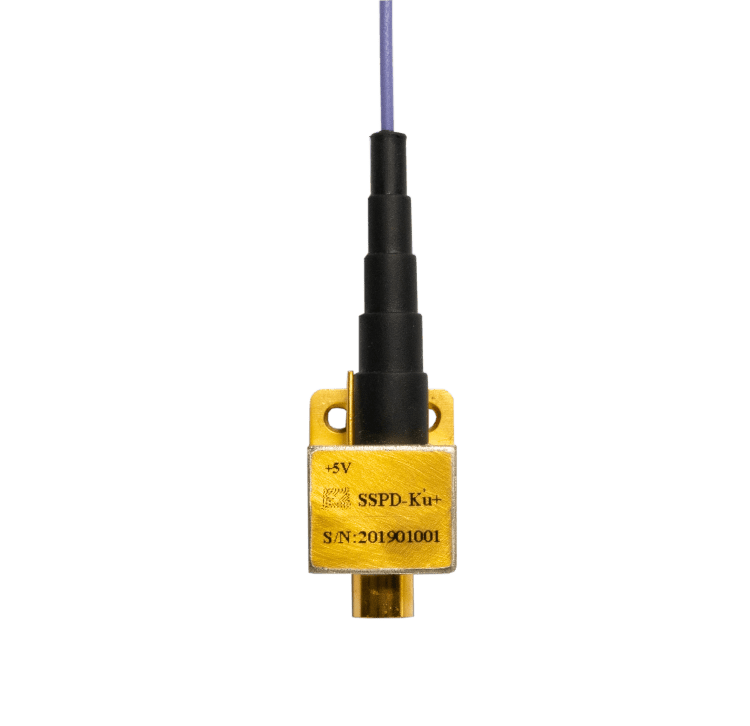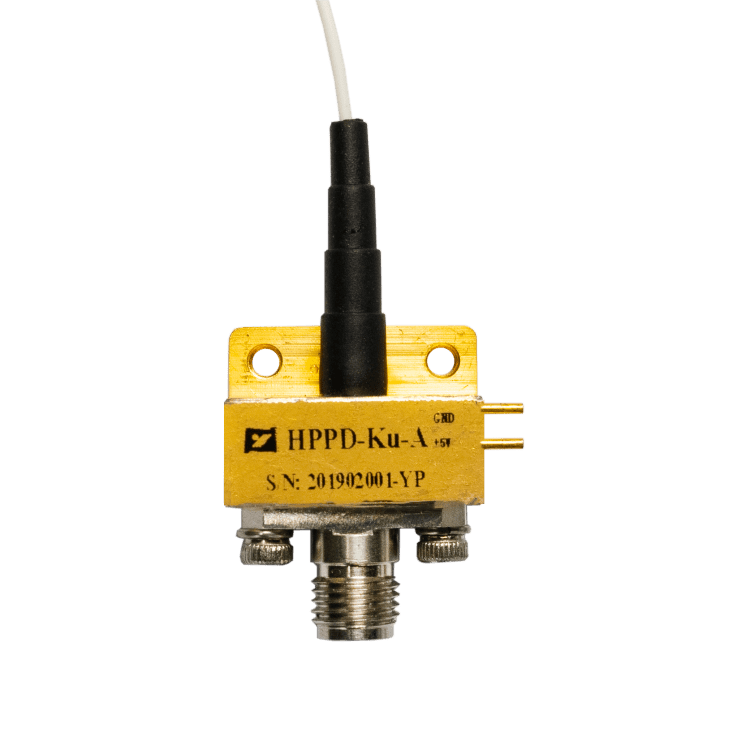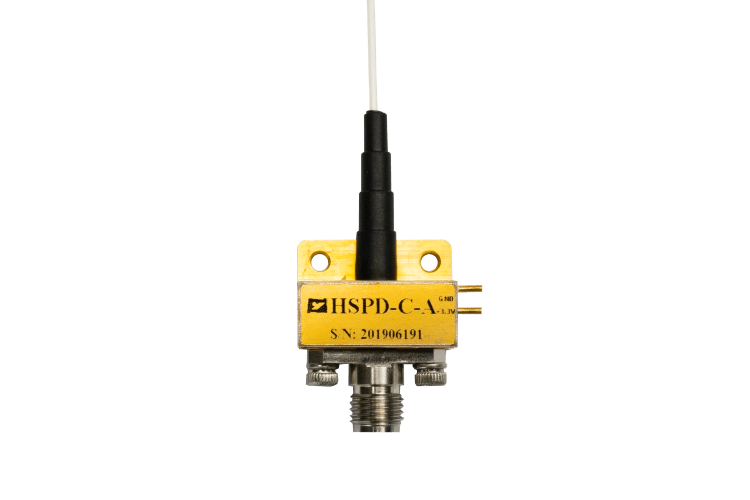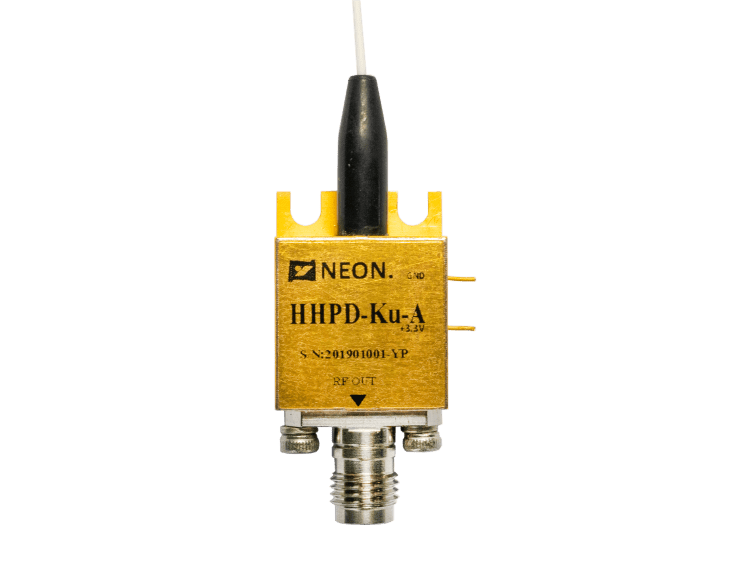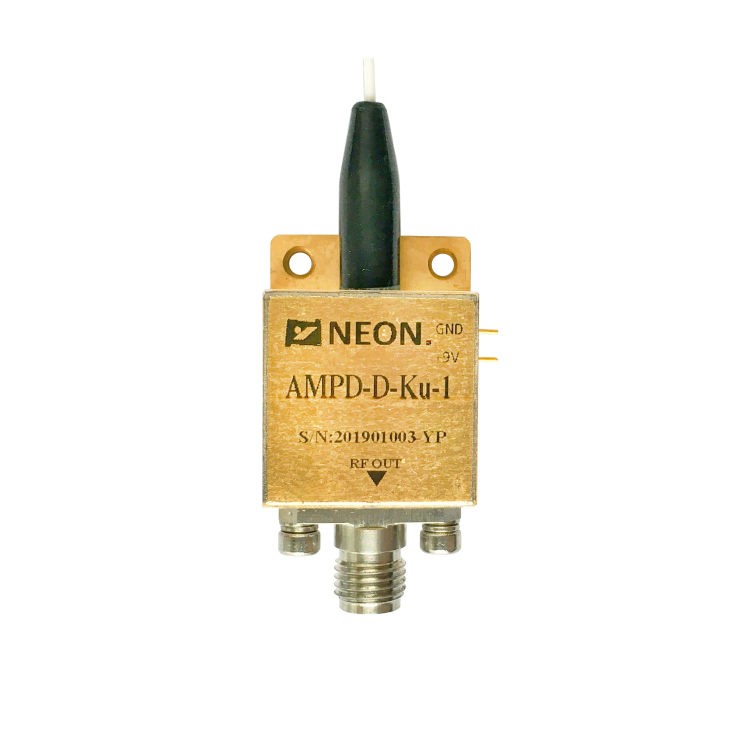What are the Hazards of Photodetector Dark Current?
Photodetectors realize the function of converting light into electricity in optical communication systems, which is mainly based on the photovoltaic effect of semiconductor materials. The phenomenon of generating a potential difference. Dark current, as an invisible hazard of photodetectors, troubles many photodetector users. This article will let you know what is dark current? And what kind of harm the dark current will bring to the photodetector.
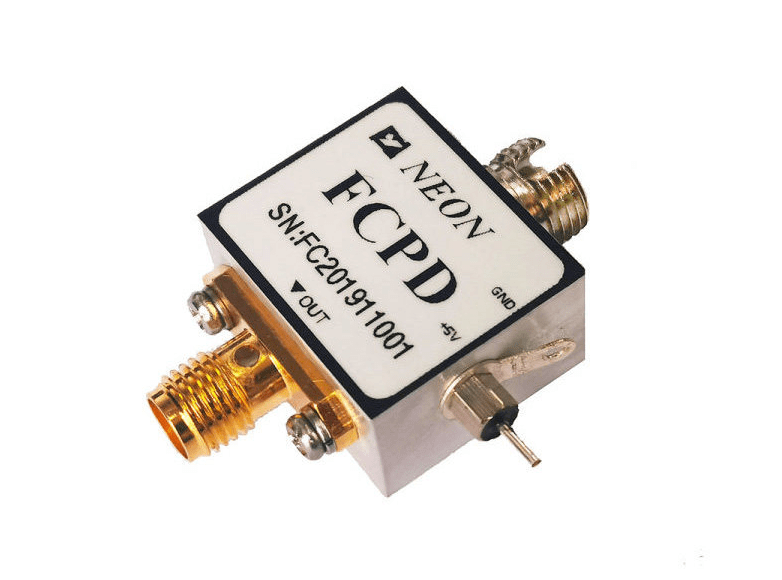
What is dark current?
Dark current, also known as the output characteristic of an unilluminated current photocoupler, refers to the relationship between the bias voltage VCE applied to the photosensitive tube and the output current IC under a certain luminous current IF. When IF=0, the light-emitting diode does not emit light. , the collector output current of the phototransistor at this time is called dark current, which is generally small.
In addition, in terms of physiology, it means that a considerable number of Na ion channels are open on the outer segment membrane of retinal rod cells when there is no light, so Na ions enter the cell and form a current flowing from the outer segment to the inner segment. is the dark current. Dark current refers to the reverse DC generated by the device under reverse bias conditions and without incident light. (It includes leakage current formed by surface defects of crystal materials and intrinsic dark current formed by thermal diffusion of carriers.)
The so-called dark current The current refers to the unidirectional current flowing through the PN junction under the action of the external voltage when the photovoltaic cell is not illuminated. The anode output current of the photomultiplier tube without radiation is called the dark current.
The harm of dark current to photodetectors
From the above, we can know that the photocurrent refers to the photogenerated current generated by the photodetector under the illumination of the incident light, and the dark current can be defined as the leakage current of the detector without incident light.
The size of the dark current affects the sensitivity of the optical receiver (the optical receiver is one of the main indicators of the photodetector). Dark current mainly includes the following:
① Minority carrier diffusion current at the boundary in the depletion region;
②Carrier generation-recombination current, by eliminating the lattice defects of silicon materials during processing, the carrier generation-recombination current can be effectively reduced, usually, for high-purity single crystal silicon generation-recombination current can be reduced to Below 2*1011A/nm2;
③ Surface leakage current, at the end of the manufacturing process, passivation treatment on the chip surface can reduce the surface leakage current to the order of 1011A/nm2. Of course, dark current is also affected by detector operating temperature and bias voltage.

The dark current of the detector is inseparable from the noise. Usually, the noise of the photodetector is mainly divided into dark current noise, shot noise, and thermal noise:
a Dark current noise: For a photodetector, the minimum acceptable optical power is determined by the dark current of the detector, so reducing the dark current of the detector can improve the sensitivity of the optical receiver;
b Shot noise: When the detector receives incident light, shot noise is generated in the photon generation-recombination process. Since the variation law of the number of photogenerated carriers obeys Poisson statistics, there is shot noise in the generation process of photogenerated carriers;
c Thermal Noise: Thermal noise occurs because the random movement of electrons in a conductor creates fluctuations in the voltage across the conductor. The resistance included in the circuit model of the photodetector is a major source of its thermal noise.
The dark current originates from the electron-hole pairs generated by thermal excitation. The thermal excitation in the depletion region is the main one, followed by the thermal diffusion of the minority charges at the edge of the depletion region, and the thermal excitation at the interface.
The generation of dark current takes a certain amount of time, and the longer the potential well exists, the greater the dark current. To reduce the dark current, the storage and transfer time of the signal charge should be shortened as much as possible. The dark current limits the sensitivity and dynamic range of the imaging device. The magnitude of the dark current has a very close relationship with the temperature and the dark current decreases by about half for every 10 °C decrease in temperature.
best photodetector manufacturer
To extend the life of the photodetector, and to make the photodetector perform better. Therefore, it is very important to choose a good photodetector manufacturer. At the end of the article, it is my honor to introduce NEON to you. NEON is a professional photodetector manufacturer. Our photodetectors have performed very well in the Chinese market, and in recent years, they have also received orders from customers in other countries. Compared with other brands, the price of our photodetector is more advantageous. If you need such high-quality photodetectors, you can contact us.


